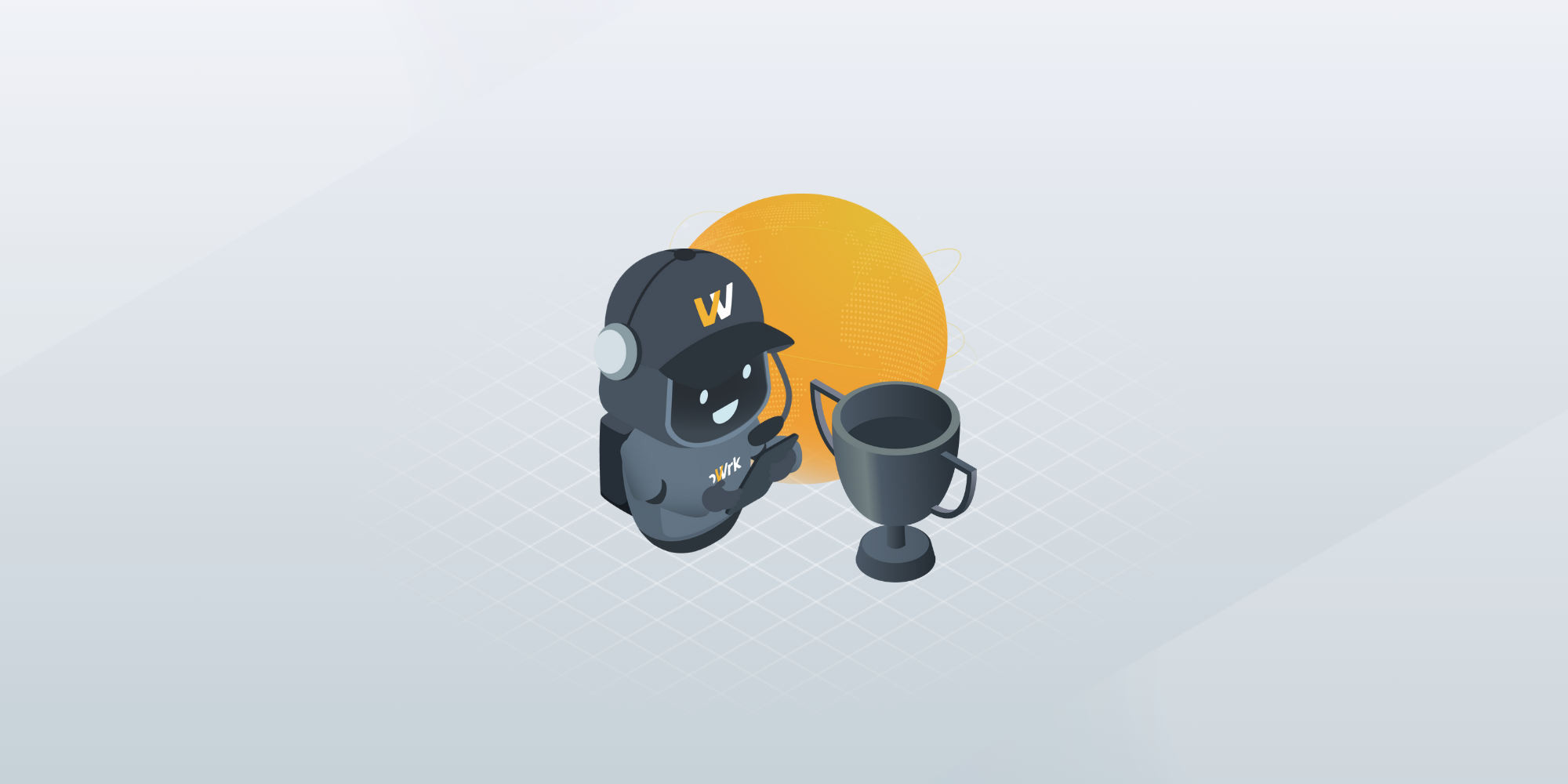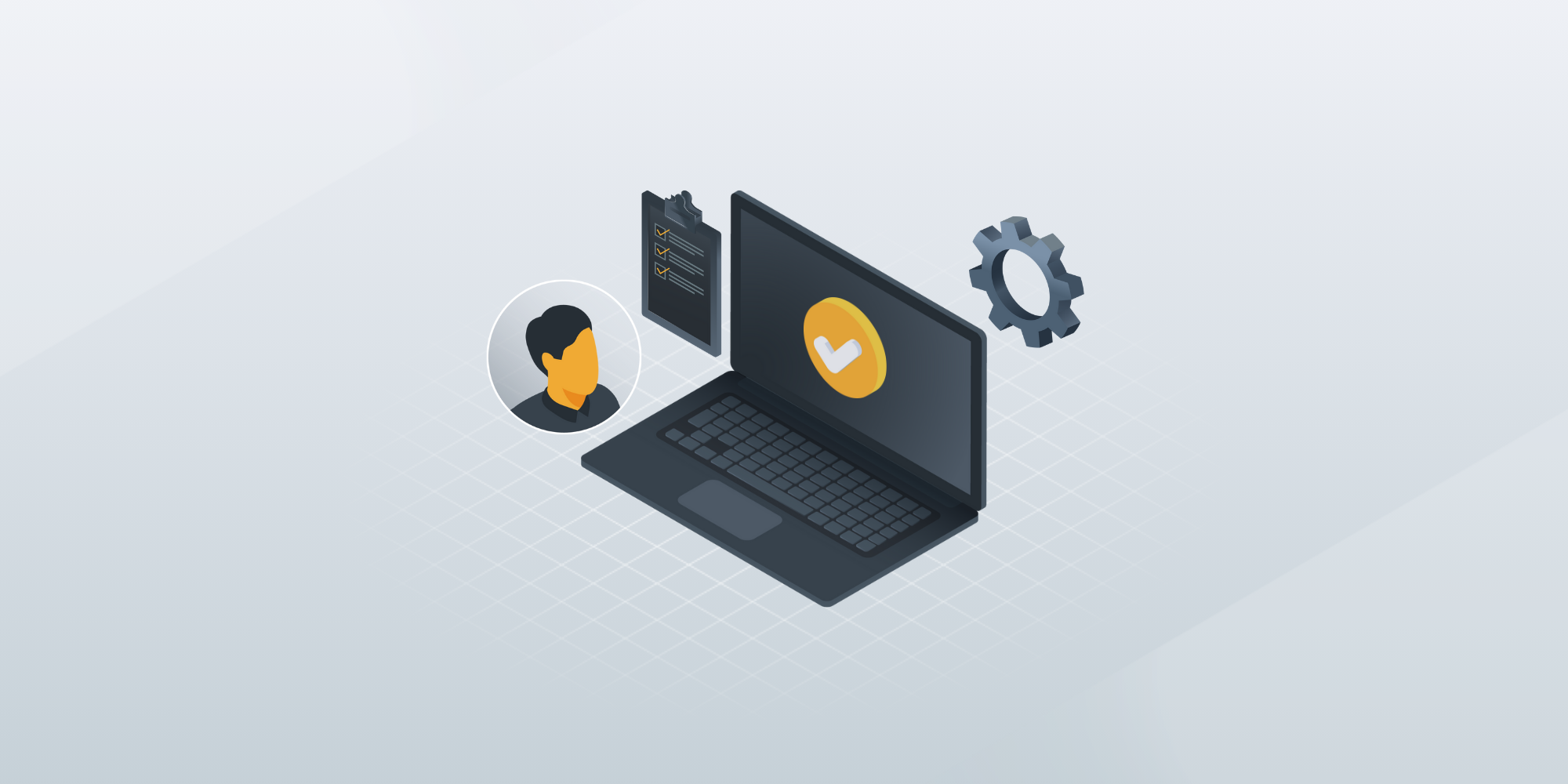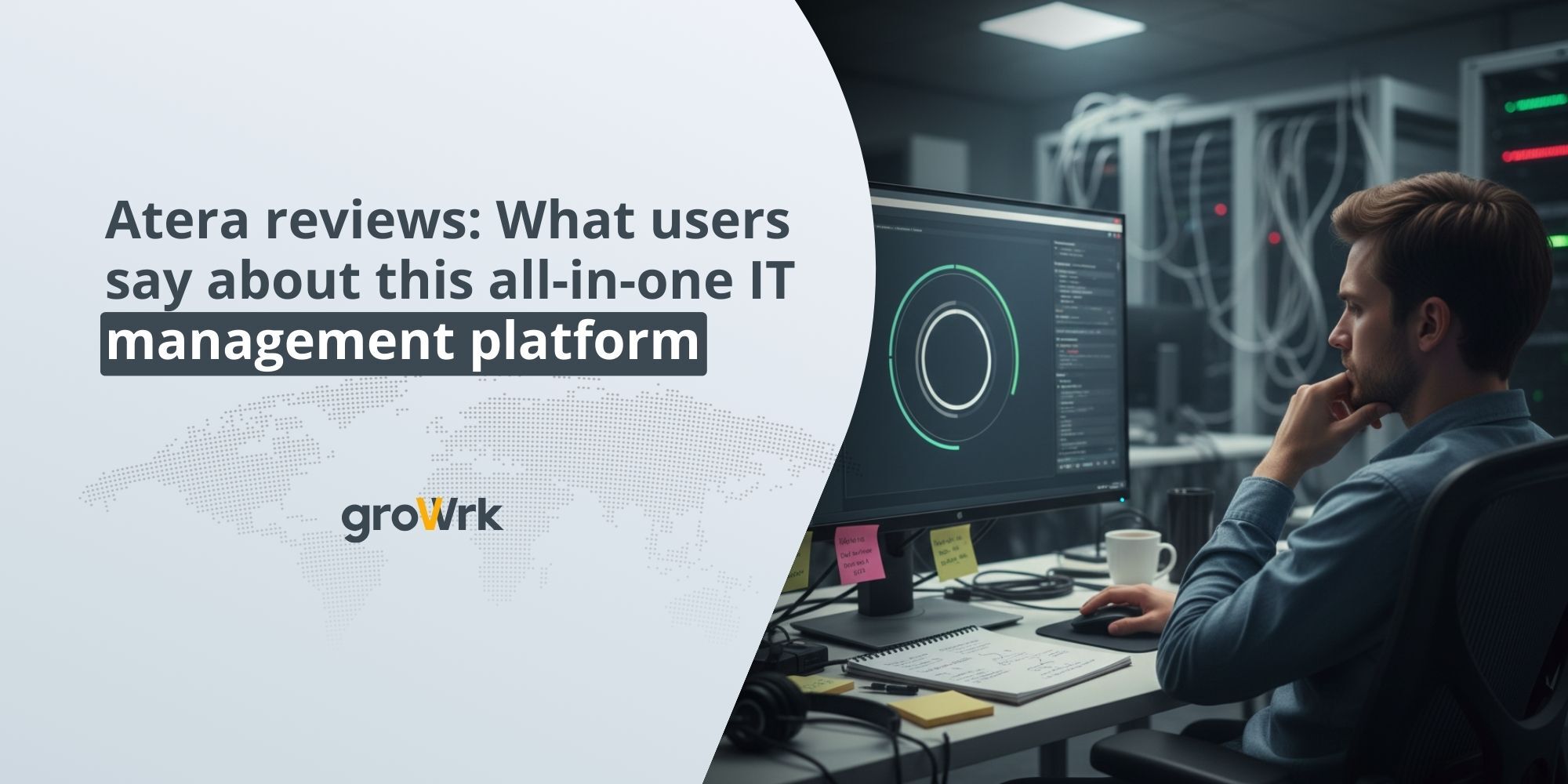Top Deel IT & Hofy Competitors: An Analysis for 2025
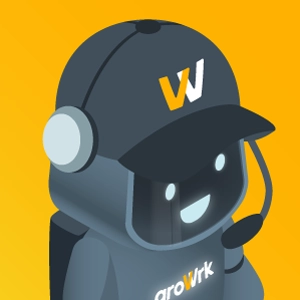 GroWrk Team
GroWrk Team
As IT Asset Management (ITAM) becomes more complex, businesses seek platforms that can scale with them, balancing cost, control, and operational efficiency for growing remote teams. While Deel IT (formerly Hofy) is a leading option, it may not meet every organization’s unique needs.
A G2 user review states, " One common drawback of Deel is its pricing, which can be a bit high for startups or small businesses. Additionally, while it streamlines compliance, some users find the platform's customer support response times inconsistent.” These limitations have led many companies to look for alternatives that offer better asset tracking, lower overhead, or more responsive support.
In this guide, we break down the top alternatives to Deel IT. You’ll find a comparison of platforms best suited for distributed teams, mid-sized businesses, ESG reporting, and more—so you can choose the one that fits your IT and operations strategy.
.png?width=600&height=300&name=In-blog%20image%20template%20(7).png)
Comparing the top Deel IT alternatives
Each platform offers a different strength within IT Asset Management—from managing distributed teams to streamlining device procurement, rentals, and returns. Many also support key business needs like scalability, real-time asset tracking, and compliance across regions and vendors.
Here’s a quick preview of the top alternatives:
-
GroWrk – Best for distributed teams
-
Lendis – Best for furniture and IT asset rentals
-
Nuwo – Best for ESG compliance in furniture management
-
Esevel – Best for small businesses in Asia-Pacific
-
Deeploi – Best for process optimization
These categories can help you match the right tool to your operational needs before diving into the full comparisons below.
What is Deel IT?Deel IT is a global IT Asset Management platform designed to streamline the entire device lifecycle for distributed teams. It enables organizations to procure, deploy, manage, and recover IT equipment across over 120 countries, all through a centralized platform.
Key features include:
-
Automated device lifecycle management: From onboarding to offboarding, Hofy automates equipment provisioning, tracking, and retrieval.
-
Real-time asset tracking: Maintain visibility and control over your global device inventory with automatic updates.
-
Compliance and security: Ensure adherence to local regulations and company policies, with features like secure device erasure and standardized configurations.
-
Global logistics network: Deliver and retrieve equipment efficiently worldwide, reducing downtime and administrative overhead.
Why Deel IT may not meet every IT Asset Management need
While Deel IT offers a strong set of features, it may not be the right fit for every business. Based on user reviews and platform limitations, here are a few potential drawbacks to consider:
-
Limited customization: Deel IT platform has fixed workflows that may not adapt easily to organizations with unique IT asset processes. This can limit flexibility for businesses that require tailored device policies or configurations.
-
Higher cost for small teams: Deel IT’s pricing model can be difficult to justify for smaller companies. Initial setup and ongoing fees may exceed the budget of startups or lean IT departments.
-
Steep learning curve: Non-technical users may find the interface overwhelming due to the platform’s wide range of features. Without dedicated IT support, teams risk underutilizing key tools.
-
Integration challenges: Deel IT may not integrate smoothly with all existing HRIS, procurement, or MDM tools. This can lead to added manual work and fragmented IT operations.
8 best alternatives to Deel IT for 2025

Deel IT isn’t the only option for managing IT assets, especially if your business has unique workflows, geographic needs, or cost constraints. Many platforms now offer flexible, scalable solutions for companies of all sizes.
Below, we’ve broken down the top alternatives based on their strengths, from remote team support and process automation to ESG compliance and regional specialization. Whether you're a startup or a global enterprise, these platforms offer modern ways to streamline IT asset management.
GroWrk
GroWrk is a global IT Asset Management platform built for companies with remote or hybrid teams. It automates the entire device lifecycle—from procurement to disposal—and provides full visibility across more than 150 countries. With AI-driven workflows, GroWrk helps IT teams manage equipment at scale, reduce manual tasks, and maintain control over every device.
Best for: Startups, mid-size, and large organizations with remote employees across multiple regions.
Price: Transparent per-device pricing with no hidden fees.
Pros:
-
End-to-end lifecycle management with real-time asset tracking
-
Operates in 150+ countries with localized logistics support
-
AI-powered platform with automated procurement, storage, retrieval, and disposal
-
Dedicated Customer Success Manager for personalized support
-
Clear reporting for IT compliance and audit readiness
Cons:
-
Feature-rich platform may be more than smaller teams need
Ratings:
Price: 4/5
Design: 4.5/5
Functionality: 5/5
Support: 5/5
Workwize
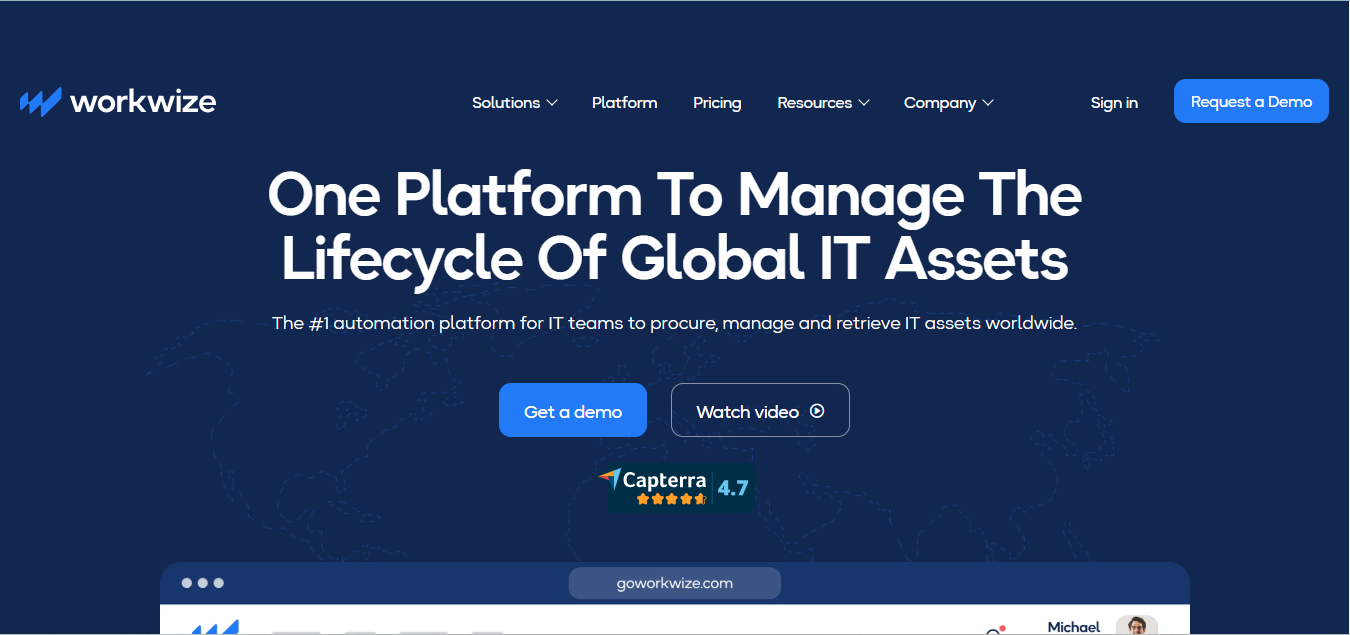
Workwize is an IT Asset Management platform focused on simplifying device deployment through a zero-touch approach. It’s designed for large, distributed teams that need to manage equipment globally with minimal manual intervention. The platform supports operations in over 100 countries and includes automated patch management to keep devices secure and up to date.
Best for: Large enterprises that need hands-off IT asset provisioning and security automation.
Price: Premium pricing tier.
Pros:
-
Zero-touch deployment for simplified global device management
-
Clean, intuitive user interface for IT teams and end users
-
Operates in 100+ countries with localized logistics
-
Includes patch management and update automation
-
Scalable for large, complex organizations
Cons:
-
Premium cost may be excessive for smaller teams
-
Some users report hidden fees and inconsistent customer support
Ratings:
Price: 3.5/5
Design: 4.5/5
Functionality: 5/5
Support: 4.5/5
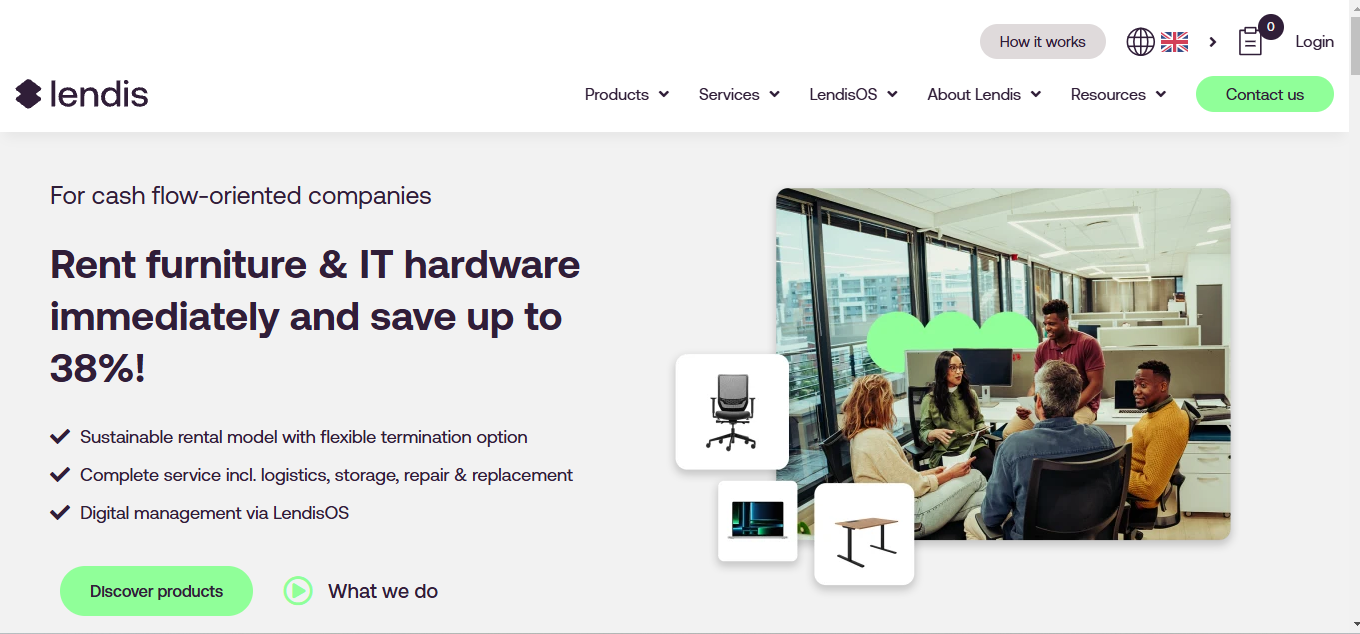
Lendis offers an all-in-one platform for renting office furniture and IT equipment, making it ideal for companies setting up hybrid or remote workspaces. In addition to rental services, Lendis provides software for managing inventory, logistics, and on-site assembly across 13 countries.
Best for: Companies looking to bundle IT equipment and office furniture rentals into a single platform.
Price: Competitive pricing.
Pros:
-
Combines furniture and IT asset rentals in one platform
-
Handles logistics, warehousing, and on-site setup
-
Simplifies asset tracking through integrated software
-
Operates in 13 countries with localized support
Cons:
-
Limited scope—focused on furniture and device rentals only
-
May not meet needs of companies requiring full IT asset lifecycle management
Ratings:
Price: 4/5
Design: 4/5
Functionality: 4.5/5
Support: 4/5
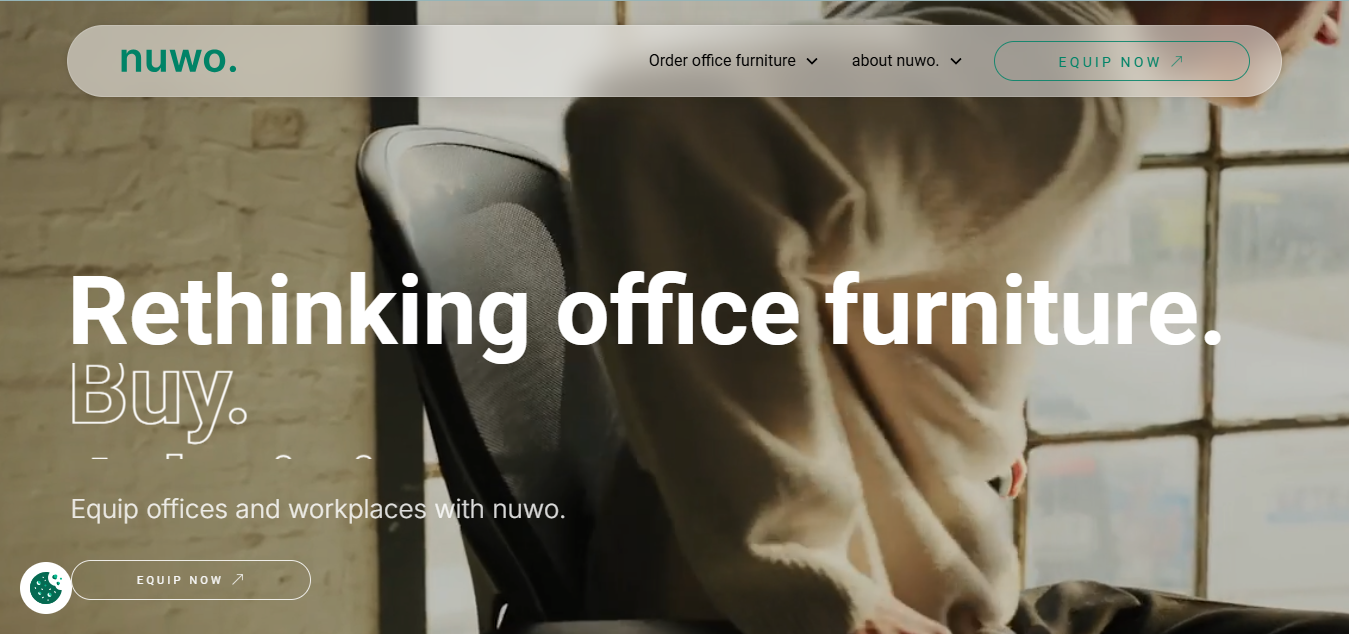
Nuwo specializes in sustainable office furniture solutions, with built-in features that support environmental, social, and governance (ESG) compliance. It offers a premium home and office furniture selection, a detailed inventory system, and tools for evaluating sustainability impact. Nuwo best suits German companies focused on responsible sourcing and long-term environmental goals.
Best for: Companies in Germany prioritizing ESG reporting and sustainable procurement.
Price: Premium pricing tier.
Pros:
-
ESG-compliant offerings and sustainability reporting tools
-
Detailed inventory management for furniture assets
-
Wide selection of high-quality furniture brands
-
Focus on responsible procurement and environmental standards
Cons:
-
Limited to Germany-based operations
-
Premium pricing may not be ideal for budget-conscious teams
Ratings:
Price: 3.5/5
Design: 4.5/5
Functionality: 4.5/5
Support: 4/5
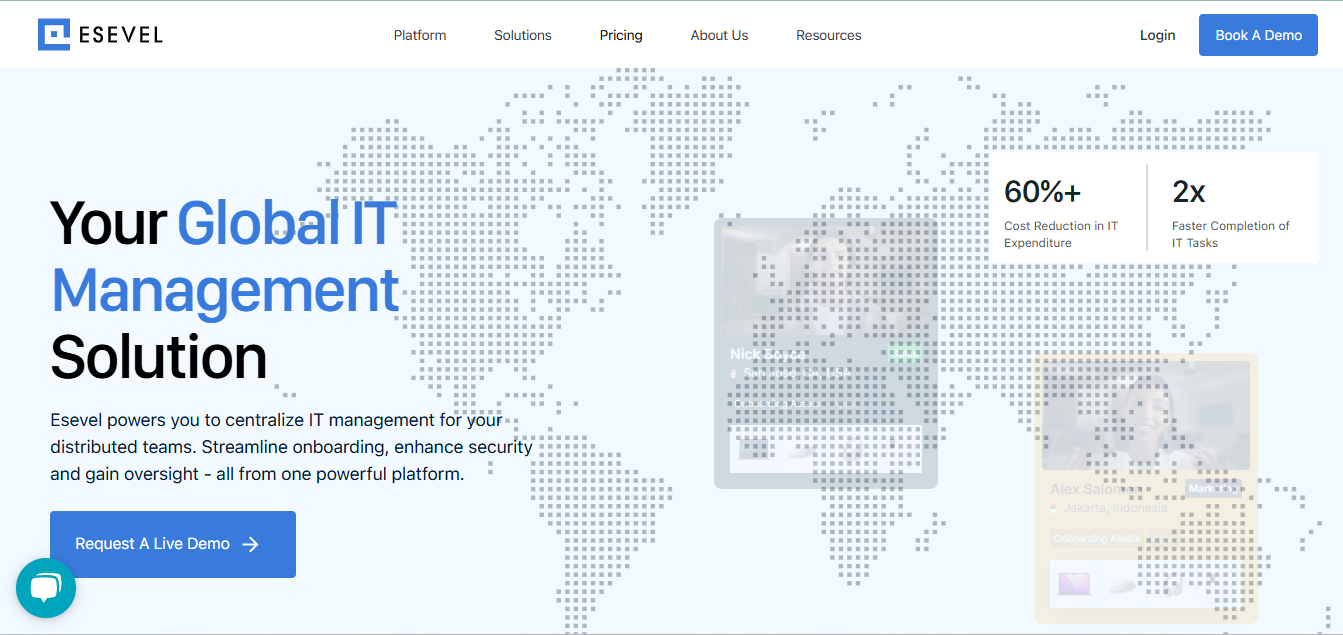
Esevel provides IT asset management and device lifecycle services tailored to small businesses across the Asia-Pacific region. It supports remote device deployment, employee onboarding, and security policy enforcement across 8 countries, making it a solid option for growing teams with regional operations.
Best for: Startups and small businesses operating across Southeast Asia.
Price: Competitive pricing.
Pros:
-
explicitly designed for small businesses in the Asia-Pacific region
-
Supports employee onboarding and remote device management
-
Covers 8 countries with localized logistics
-
Offers security policy enforcement for compliance support
Cons:
-
Limited scalability for larger or globally distributed enterprises
-
Smaller operational footprint compared to global competitors
Ratings:
Price: 4/5
Design: 4/5
Functionality: 4.5/5
Support: 4/5
Deeploi
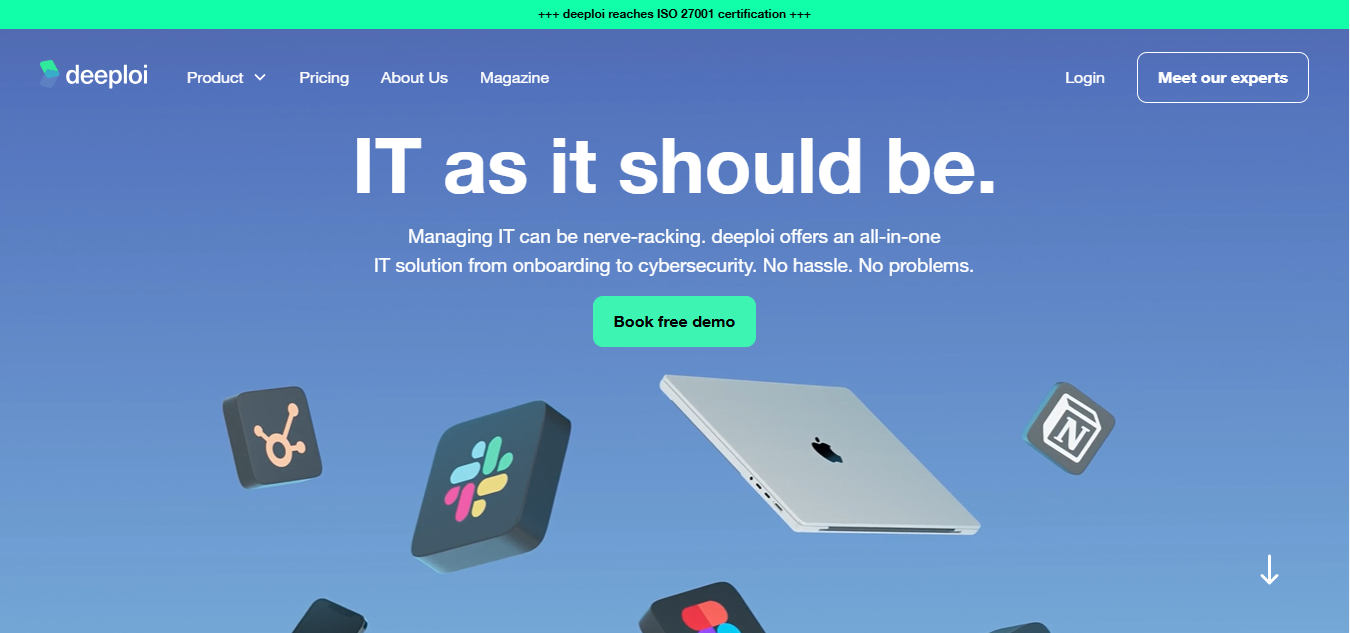
Deeploi is built for companies looking to streamline IT workflows and integrate operations across departments. With customizable user interfaces, security features, and ERP integration, Deeploi supports both IT and HR service delivery. Its flexible software makes it ideal for organizations aiming to improve internal processes and employee experience.
Best for: Mid-sized businesses focused on IT and HR automation across legacy systems.
Price: Competitive pricing.
Pros:
-
Customizable workflows and UI for internal process optimization
-
Strong security controls and compliance support
-
Seamless integration with ERP and legacy systems
-
Also supports HR service delivery and collaboration
Cons:
-
A complex interface may overwhelm smaller teams
-
Higher learning curve due to broad feature set
Ratings:
Price: 4/5
Design: 4.5/5
Functionality: 5/5
Support: 4/5
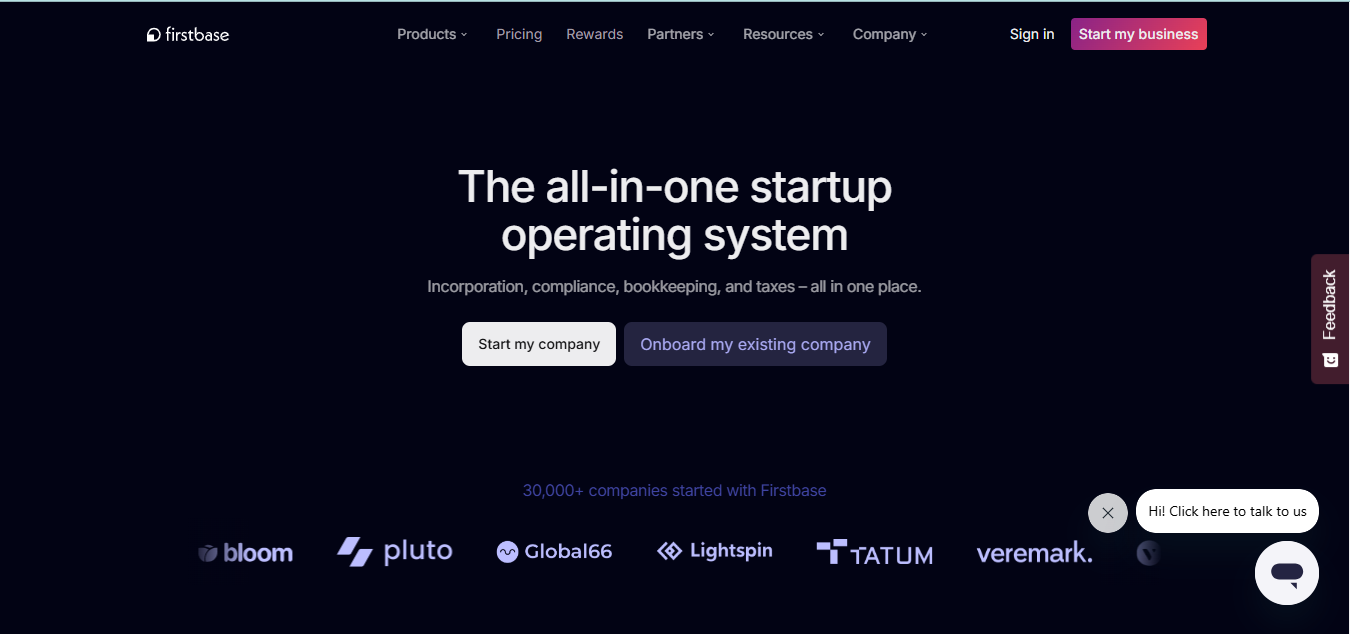
Firstbase offers a full-service platform for managing IT equipment in remote work environments. It covers procurement, deployment, remote monitoring, and end-of-lifecycle retrieval. With support in over 150 countries and a strong track record in device recovery, Firstbase is ideal for companies with distributed teams that prioritize secure offboarding and visibility.
Best for: Remote-first organizations with high employee turnover or global offboarding needs.
Price: Competitive, with premium-tier features.
Pros:
-
High device retrieval success rate during offboarding
-
Global equipment delivery across 150+ countries
-
Supports procurement, deployment, and remote monitoring
-
Designed for remote-first IT operations
Cons:
-
Premium pricing may not suit smaller businesses
-
Broad feature set may be excessive for teams with simpler needs
Ratings:
Price: 3.5/5
Design: 4.5/5
Functionality: 5/5
Support: 4.5/5
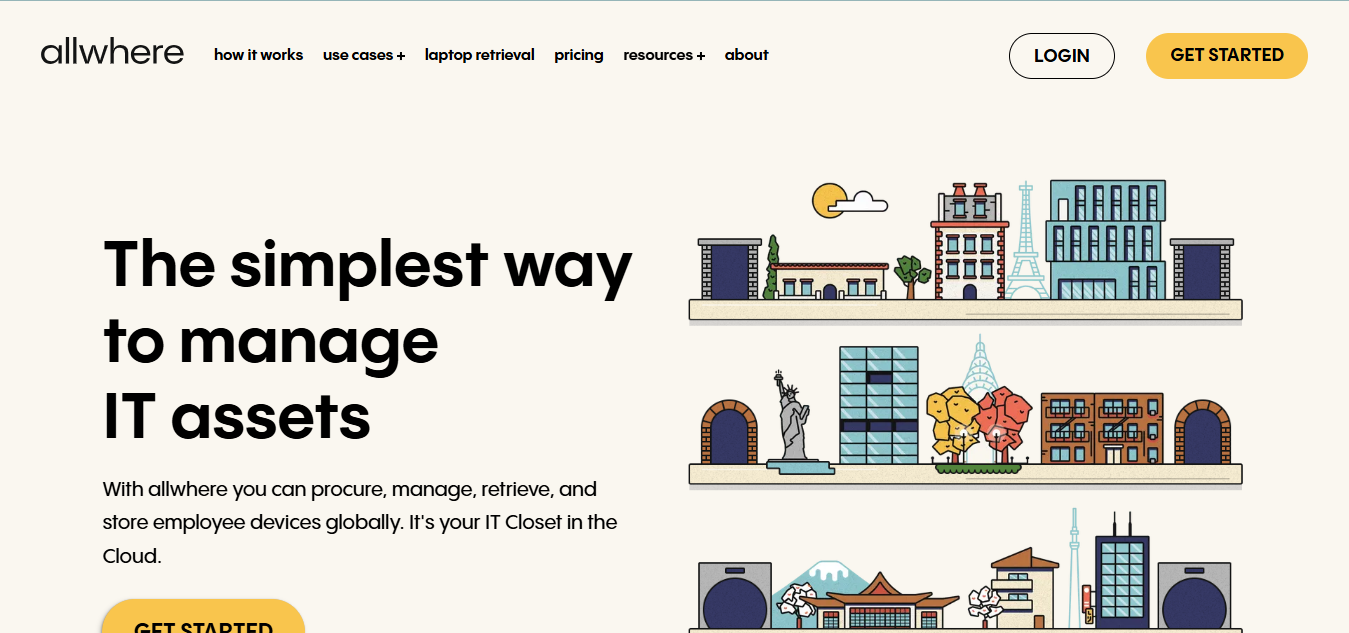
Allwhere focuses on simplifying equipment retrieval and lifecycle management through a cloud-based platform. It supports zero-touch deployment, integrates with HRIS systems, and centralizes the entire device lifecycle—from procurement to offboarding. While ideal for small to mid-sized teams, its premium services may be less accessible to budget-conscious companies.
Best for: Companies needing reliable equipment retrieval and HRIS integration without complex IT infrastructure.
Price: Competitive pricing for retrieval services.
Pros:
-
Strong focus on device recovery and asset lifecycle visibility
-
Integrates with HRIS tools for streamlined offboarding
-
Cloud-based platform with zero-touch deployment capabilities
-
Centralizes procurement, deployment, and recovery
Cons:
-
Feature set may exceed the needs of smaller teams
-
Premium services could be costly for leaner budgets
Ratings:
Price: 3.5/5
Design: 4.5/5
Functionality: 5/5
Support: 4.5/5
How to choose the right ITAM platform
Choosing the right IT asset management solution isn’t just about company size—it’s about aligning tools with your operations, growth plans, and IT maturity. Whether you're building your first remote team or managing thousands of distributed devices, the right platform should scale with you and simplify complexity.
Here are key factors to consider:
-
Global reach: Can the platform support equipment delivery, retrieval, and storage across the regions where your employees live and work?
-
Automation and scalability: Look for automated workflows that reduce manual effort and allow your IT team to scale without adding headcount.
-
Integration capabilities: A good platform should plug into your existing HRIS, MDM, or procurement stack to avoid redundant processes.
-
Compliance and security: Ensure the solution supports audit readiness, data privacy regulations, and secure offboarding practices.
-
Visibility and control: You need real-time tracking of devices, usage, and status to make data-driven decisions and maintain accountability.
Why the future is AI-powered IT asset management
.png?width=600&height=300&name=In-blog%20image%20template%20(5).png)
As IT teams face growing pressure to do more with less, AI transforms how businesses manage their device ecosystems. From real-time tracking to predictive maintenance, AI-powered platforms offer more innovative, faster ways to manage IT assets at scale.
Here are key features to look for in AI-driven asset management solutions:
-
Real-time asset tracking: Use AI to monitor device location, status, and usage across teams and regions with minimal manual input.
-
Predictive maintenance: Machine learning models forecast when devices are likely to fail, helping IT teams schedule maintenance before disruptions occur.
-
Automated reporting: Generate reports on asset utilization, lifecycle stages, and performance metrics—without pulling manual data.
-
Intelligent alerts: Get proactive notifications when something’s off, such as a missing device, unusual usage, or a compliance gap.
.png?width=600&height=300&name=In-blog%20image%20template%20(6).png)
Not every IT Asset Management platform is built the same, and the right fit depends on your operations, infrastructure, and future growth. Here are the key factors to evaluate when comparing Deel IT alternatives:
-
Business size and complexity: Startups may need fast deployment and simple workflows, while larger enterprises require granular control, compliance tracking, and international logistics.
-
Budget and total cost of ownership: Look beyond subscription fees. Consider implementation, integration, support, and long-term scalability when assessing value.
-
Core IT management needs: Prioritize the most important features—secure device retrieval, zero-touch deployment, compliance reporting, or full lifecycle automation.
-
Integration with existing systems: Ensure compatibility with your current HRIS, procurement, and MDM tools to avoid manual workarounds and duplicate data entry.
-
Scalability: Choose a solution that grows with you, supporting more users, devices, and locations without sacrificing visibility or control.
-
User experience: A clean, intuitive UI makes adoption easier for both IT teams and non-technical users. Mobile responsiveness and accessibility also matter.
-
Support and onboarding: Look for platforms that offer hands-on support, detailed onboarding, and responsive service to reduce ramp-up time and avoid disruption.
Why GroWrk is the smarter choice for modern IT Asset Management
For companies outgrowing rigid platforms like Deel IT, GroWrk offers a global-first, automation-driven alternative that evolves with your business.
-
Built for distributed teams from day one
GroWrk was designed around the realities of remote and hybrid work—not retrofitted. Its infrastructure supports real-time logistics, recovery, and compliance across 150+ countries. -
True full-lifecycle orchestration
From device procurement to final disposal, GroWrk doesn’t just track assets—it automates, standardizes, and documents every lifecycle event with audit-ready transparency. -
Fast onboarding without the lock-in
Get up and running in days, not weeks. GroWrk doesn’t lock you into leasing or long-term contracts, unlike other providers. Own your hardware, keep your options open. -
AI-powered operational efficiency
GroWrk leverages automation and predictive alerts to flag risk, reduce downtime, and take manual tasks off your IT team’s plate—before they become problems. -
Human support, not ticket queues
Customers get access to a dedicated Customer Success Manager, responsive live chat, and an AI assistant—so you’re never left waiting when something goes wrong.
Whether scaling globally, navigating complex offboarding, or just tired of platforms that overpromise and underdeliver, GroWrk gives you the visibility, control, and freedom to manage IT assets on your terms. Schedule a demo today.


